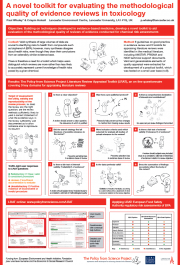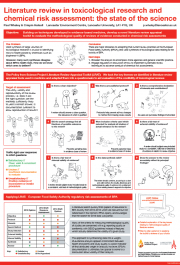We have responded to a consultation by the UK Health and Safety Executive (HSE) on the EU Commission’s proposed criteria for identification of endocrine disrupting chemicals. These comments reiterate much of what we said in a letter to the EU Health Commissioner which we recently co-authored, and our response to the EU’s public consultation on their […]











